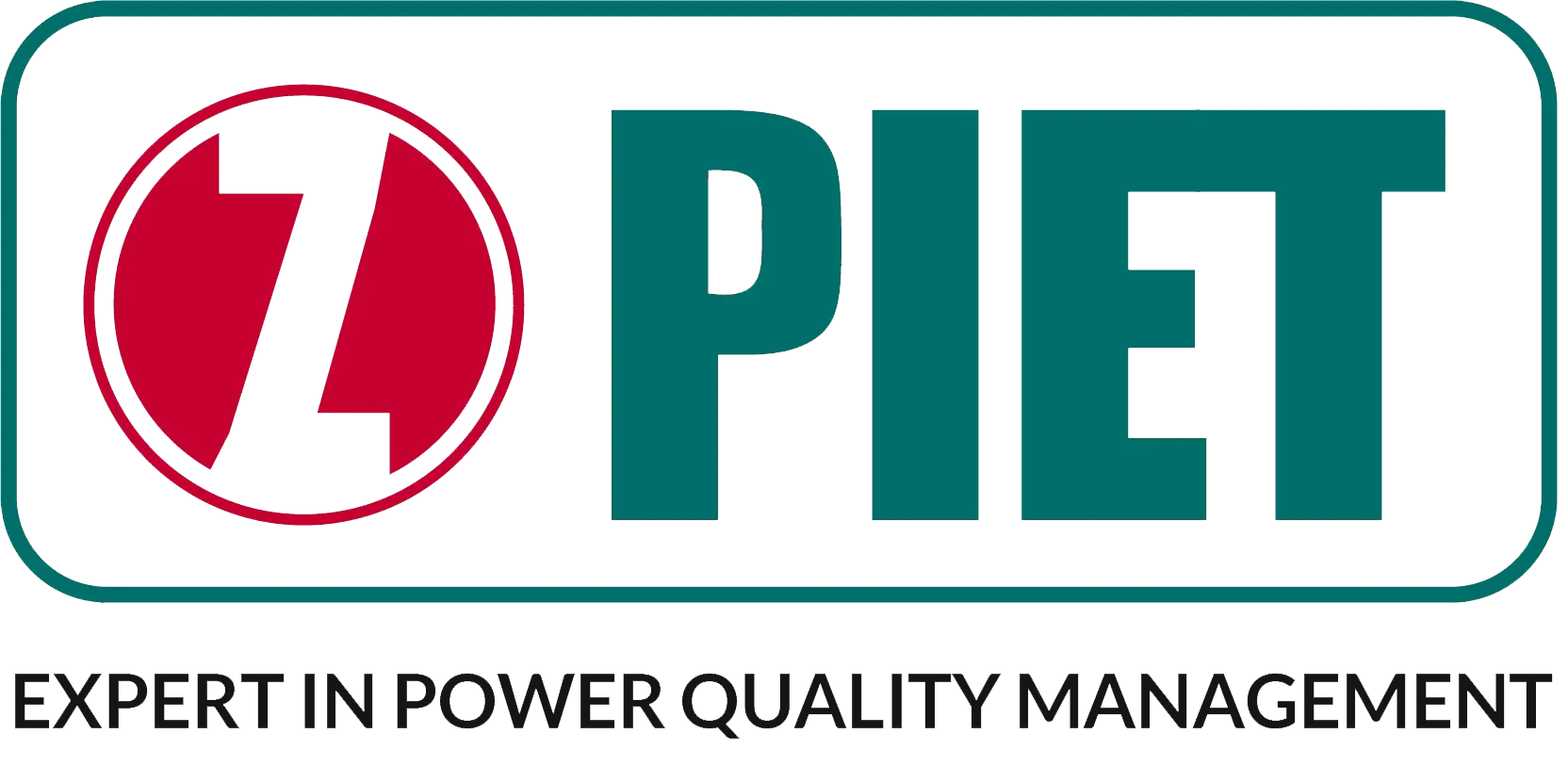The low-voltage power capacitors currently employed in compensation devices are all metallized capacitors. Metallized capacitors are compact, cost-effective, and exhibit self-healing properties; therefore, they have been widely adopted.
The electrode plates of metallized capacitors consist of vacuum-evaporated aluminum films with thicknesses on the nanometer scale. Due to the extreme thinness of the aluminum film, when the dielectric film undergoes local breakdown caused by defects, the aluminum film surrounding the defect is evaporated, thereby preventing short-circuit faults. This phenomenon is referred to as the self-healing effect.
The electrode lead-out process of metallized capacitors involves spraying a metallic conductive layer on both ends of the core element after winding, followed by soldering the lead wires onto the conductive layer. Since the electrode plate current flows from the center of the element toward both ends, and the aluminum film of the electrode plate is extremely thin with relatively high resistive losses, it is therefore desirable to wind the core element into a short and thick shape to minimize resistive losses. Conversely, because the extremely thin aluminum film electrode plate has limited mechanical strength, a firm connection cannot be established between the end conductive layer and the electrode plate. When the core element undergoes uneven deformation due to heating, local detachment between the end conductive layer and the electrode plate easily occurs, causing faults. From this perspective, it is preferable to wind the core element into a slender shape.
Metallized power capacitors have two structural types: rectangular and cylindrical. The core elements inside rectangular capacitors are slender and arranged in parallel, making them suitable for general applications. The core elements inside cylindrical capacitors are short and thick, connected in series, making them suitable for environments with severe harmonics.
The primary issue encountered during the operation of metallized capacitors is a reduction in capacitance. All metallized capacitors experience a decrease in capacitance over time due to the self-healing process, although the degree varies. Some lower-quality capacitors may also exhibit failures where the end conductive layer detaches from the electrode plate, resulting in capacitance reductions to half, one-third, or even zero of the rated value. For capacitors of the same brand, the larger the capacity of a single unit, the longer the core element and the thicker its diameter. A longer element results in increased resistive losses, while a thicker element causes a larger conductive layer area on the end face and a greater temperature difference between the interior and exterior of the element, making the conductive layer more prone to detachment from the electrode plate. Therefore, using a single large-capacity capacitor is less reliable than using multiple smaller capacitors in parallel. Metallized capacitors exhibit fewer short-circuit and explosion failures.
The earliest reactive power compensation controllers were based on power factor control; these controllers remain in use today due to their low cost. However, controlling based on power factor leads to the issue of light load oscillation. For example: in a compensation device, the smallest capacitor rating is 10 Kvar, the load's inductive reactive power is 5 Kvar, and the power factor is lagging 0.5. At this point, switching in a capacitor causes the power factor to become leading 0.5; switching out the capacitor causes the power factor to become lagging 0.5. Consequently, the oscillation process will continue indefinitely.
Modern reactive power compensation controllers operate based on reactive power, necessitating a setting function that allows configuration of the capacitor rating within the compensation device. This enables capacitor switching according to the load's reactive power, thereby eliminating the light load oscillation phenomenon.
With continuous technological advancement, the additional functions of reactive power compensation controllers have increasingly expanded, including data storage, data communication, harmonic detection, power measurement, and so forth. The control components have evolved from initial small-scale integrated circuits to 8-bit microcontrollers, then to 16-bit microcontrollers, followed by 16-bit DSPs, and finally to 32-bit microcontrollers. Currently, the price of 32-bit microcontrollers has dropped to just over 30 yuan per unit, exerting minimal impact on the hardware cost of controllers. Their performance exceeds that of 8-bit microcontrollers by more than 100 times. The primary barrier to widespread adoption is the high technical development complexity.
With the continuous proliferation of reactive power compensation devices, the integration of compensation devices with other equipment has become an inevitable trend. For instance, the integration of compensation devices with metering boxes, switch boxes, and similar equipment. Integrated devices can reduce costs, save space, minimize wiring, and decrease maintenance workload. The design and manufacture of integrated devices present no technical challenges; however, due to the absence of unified standards, manufacturers can only organize production based on orders.

Copyright © Nantong Zhifeng Electric Power Technology Co., Ltd. All Rights Reserved - Privacy Policy - Blog